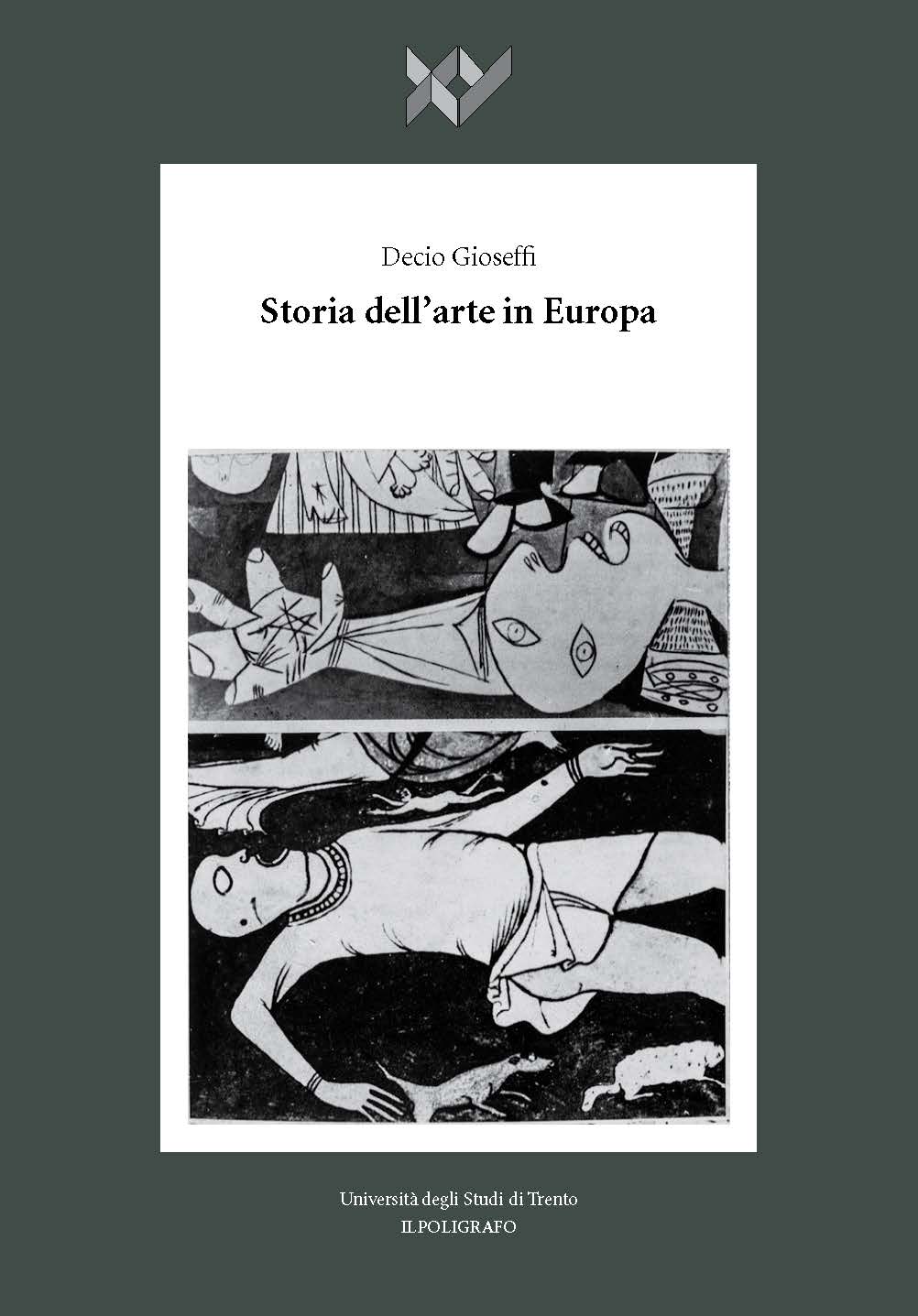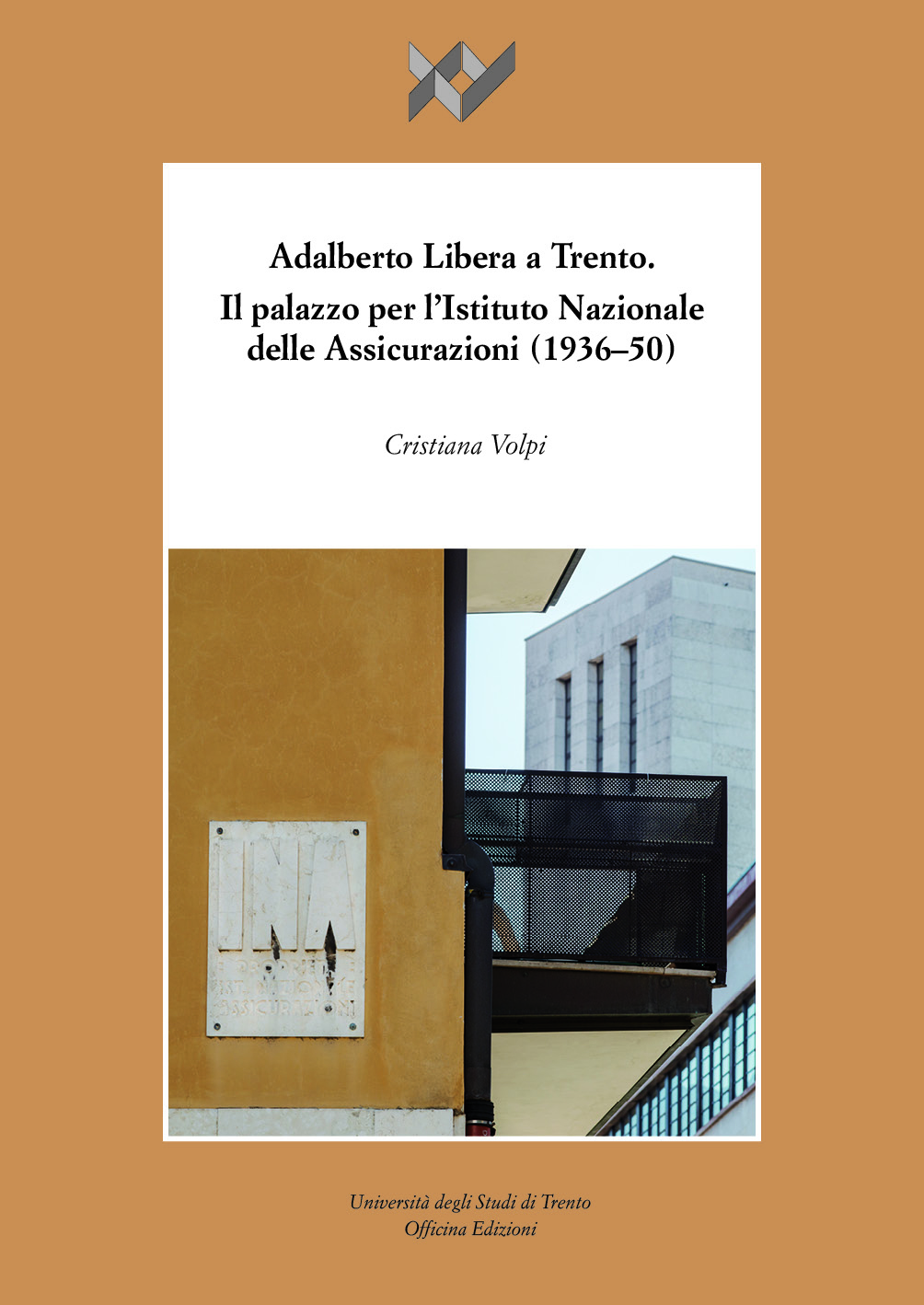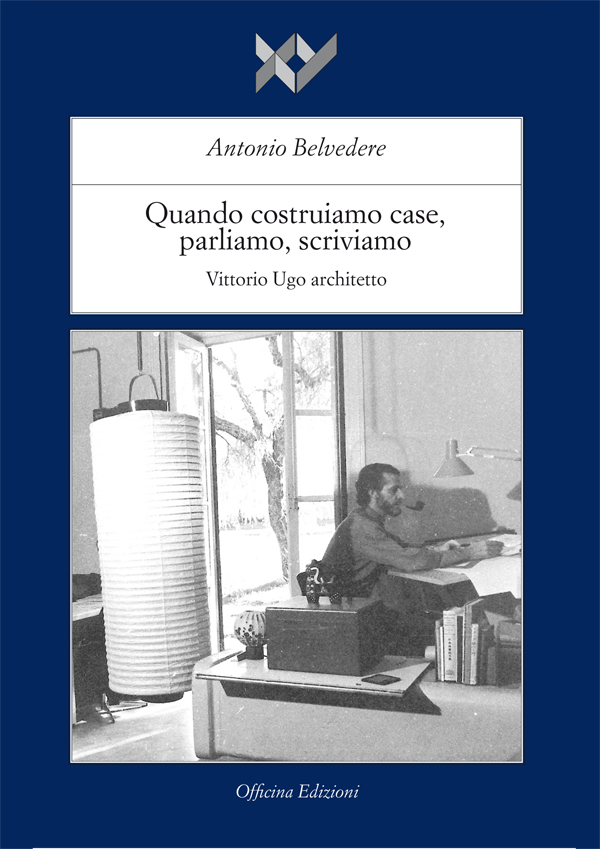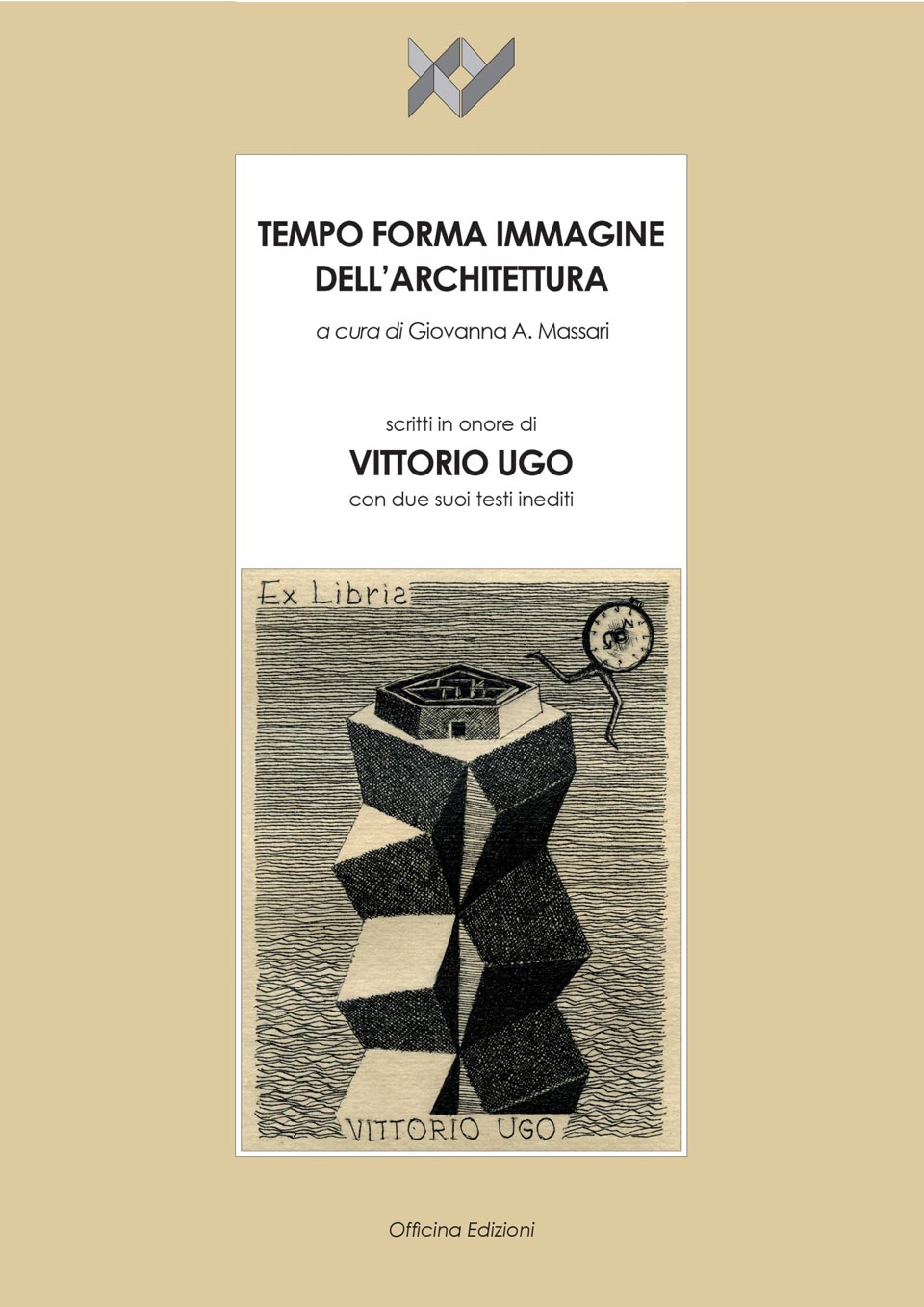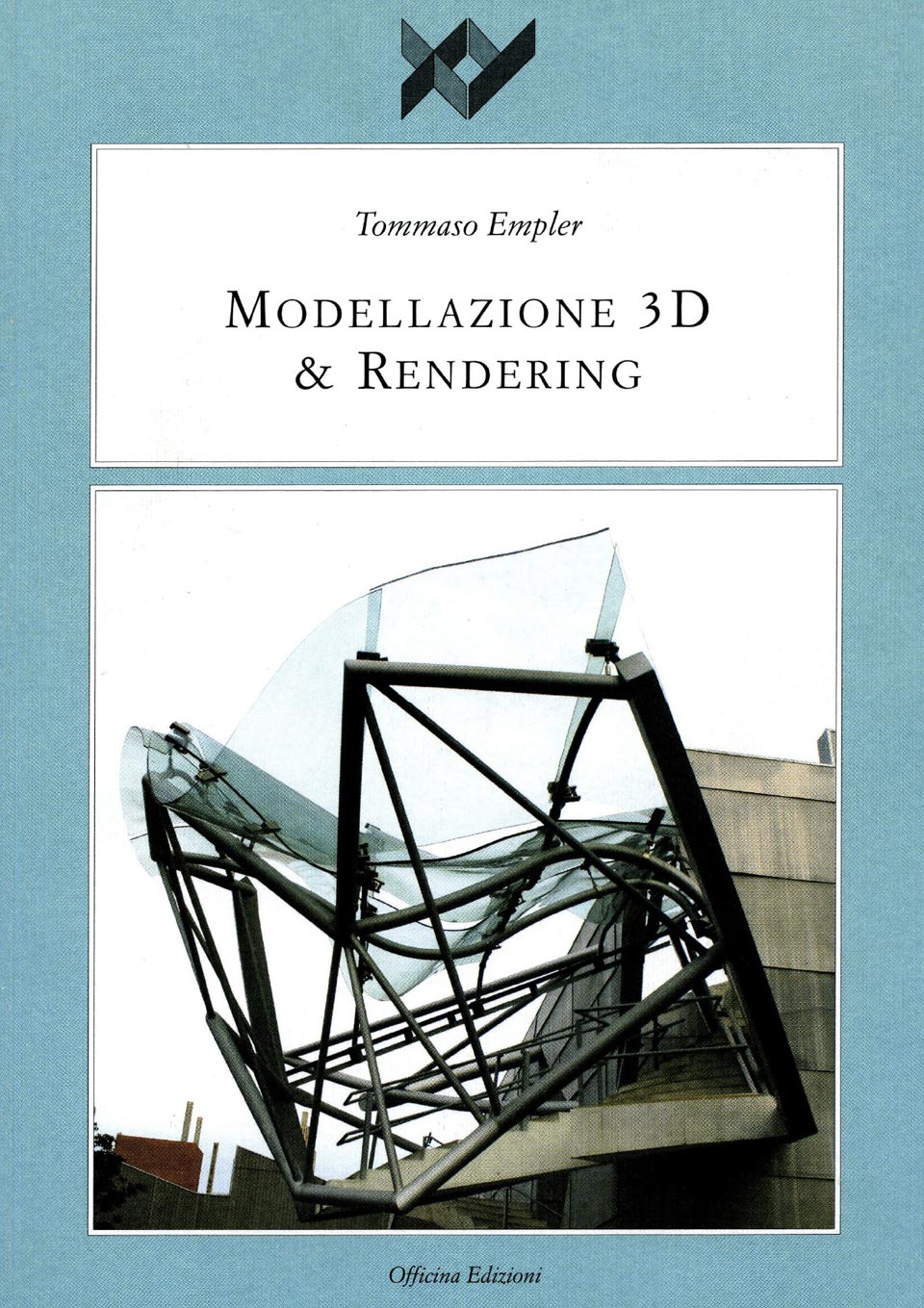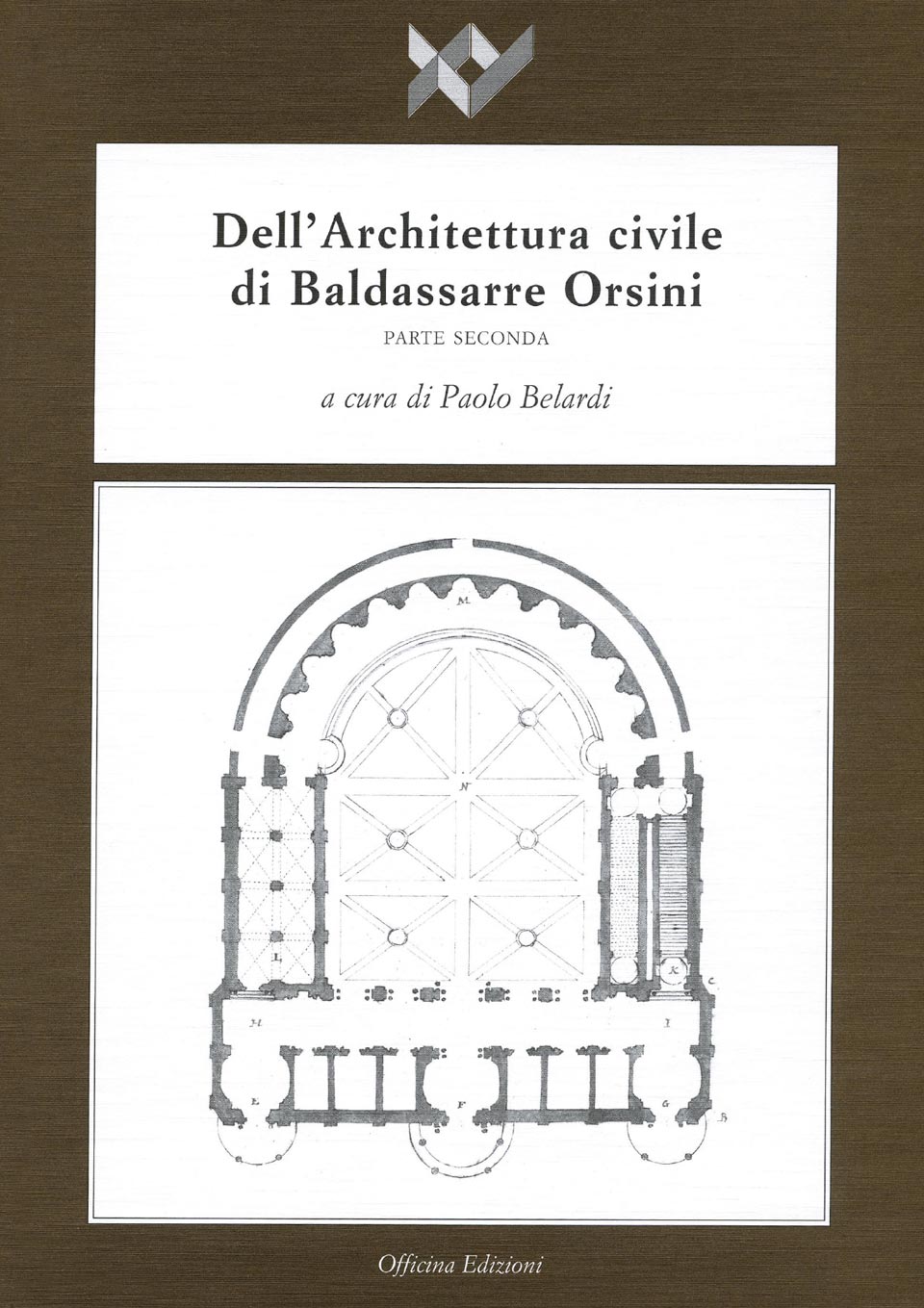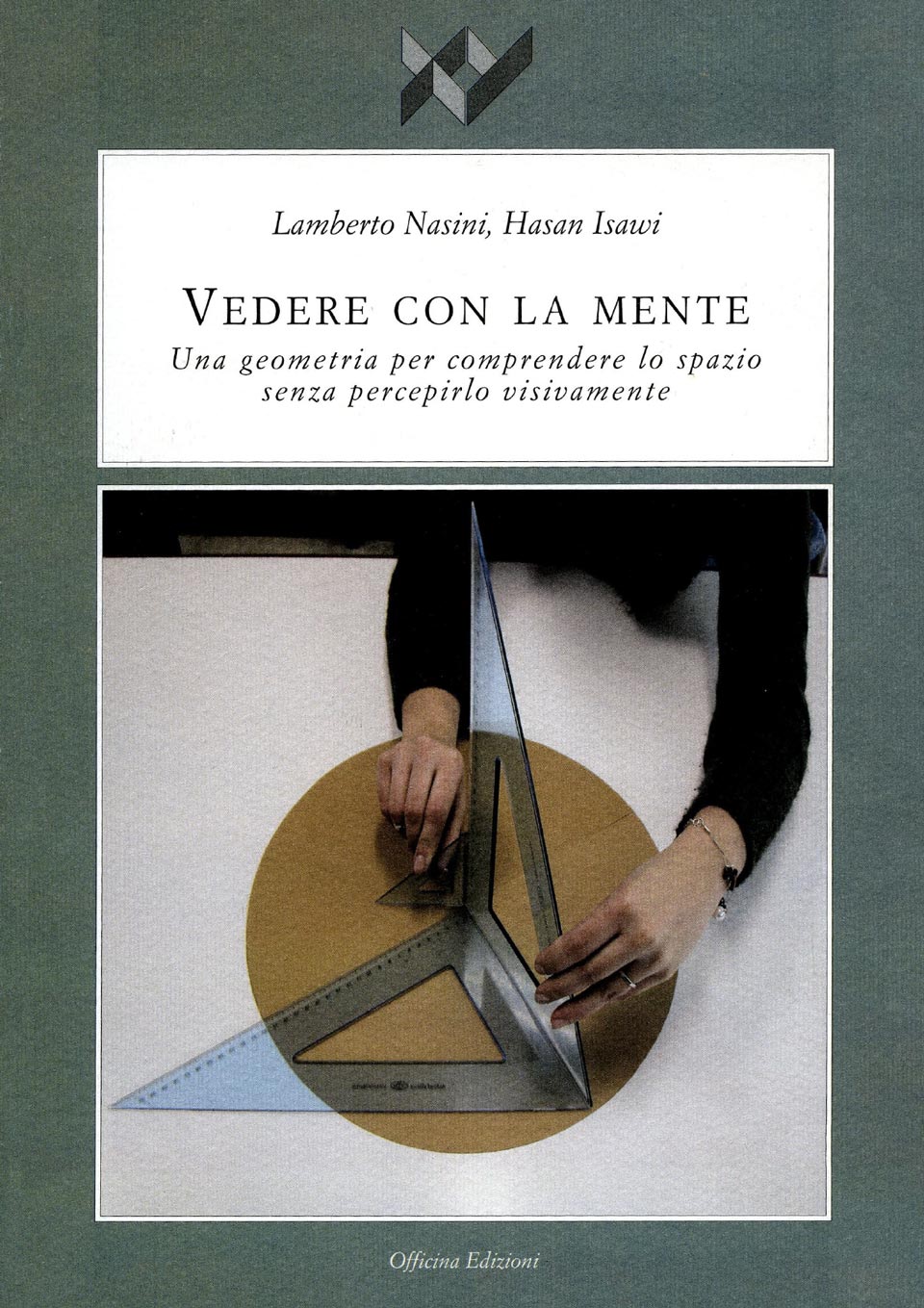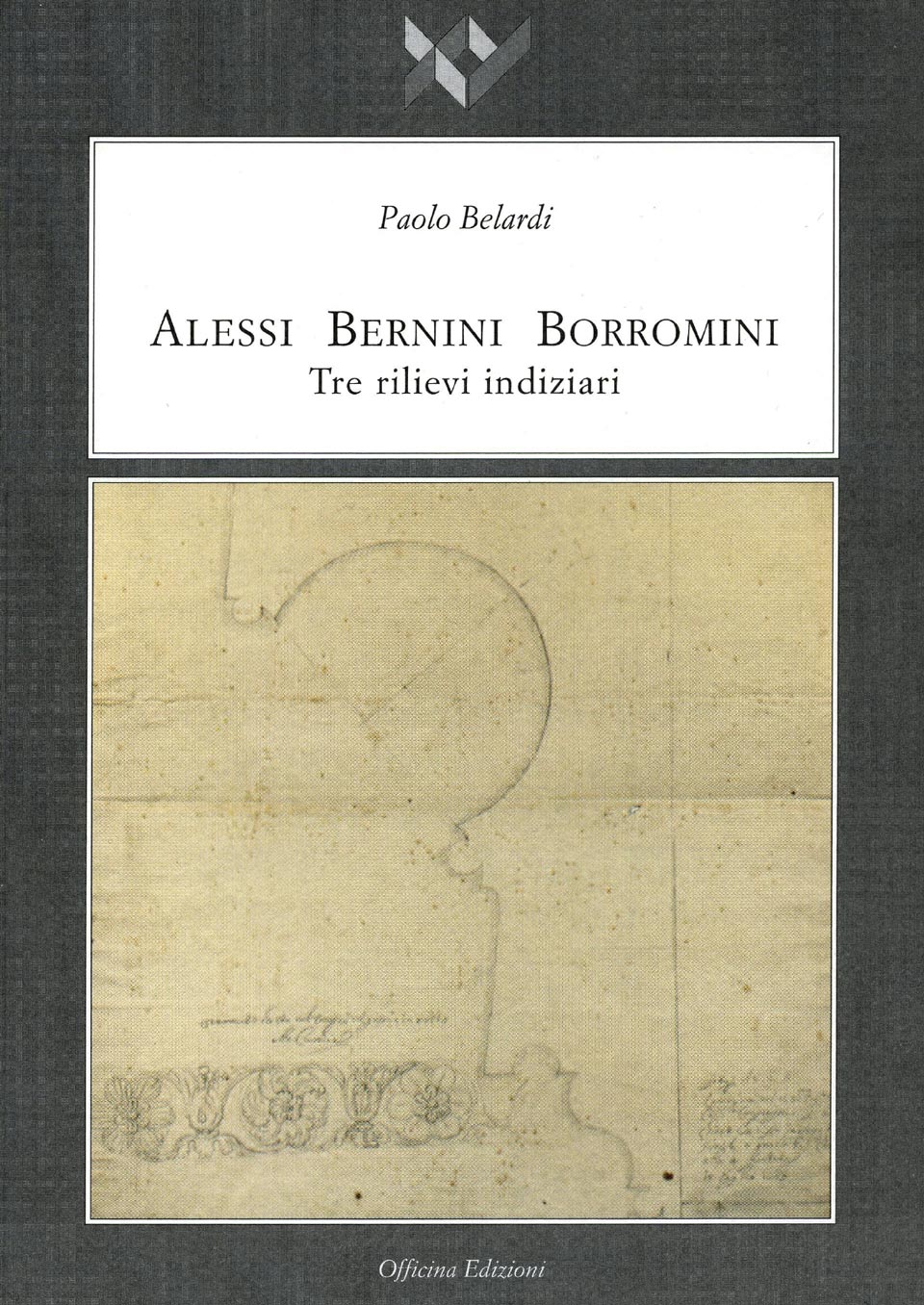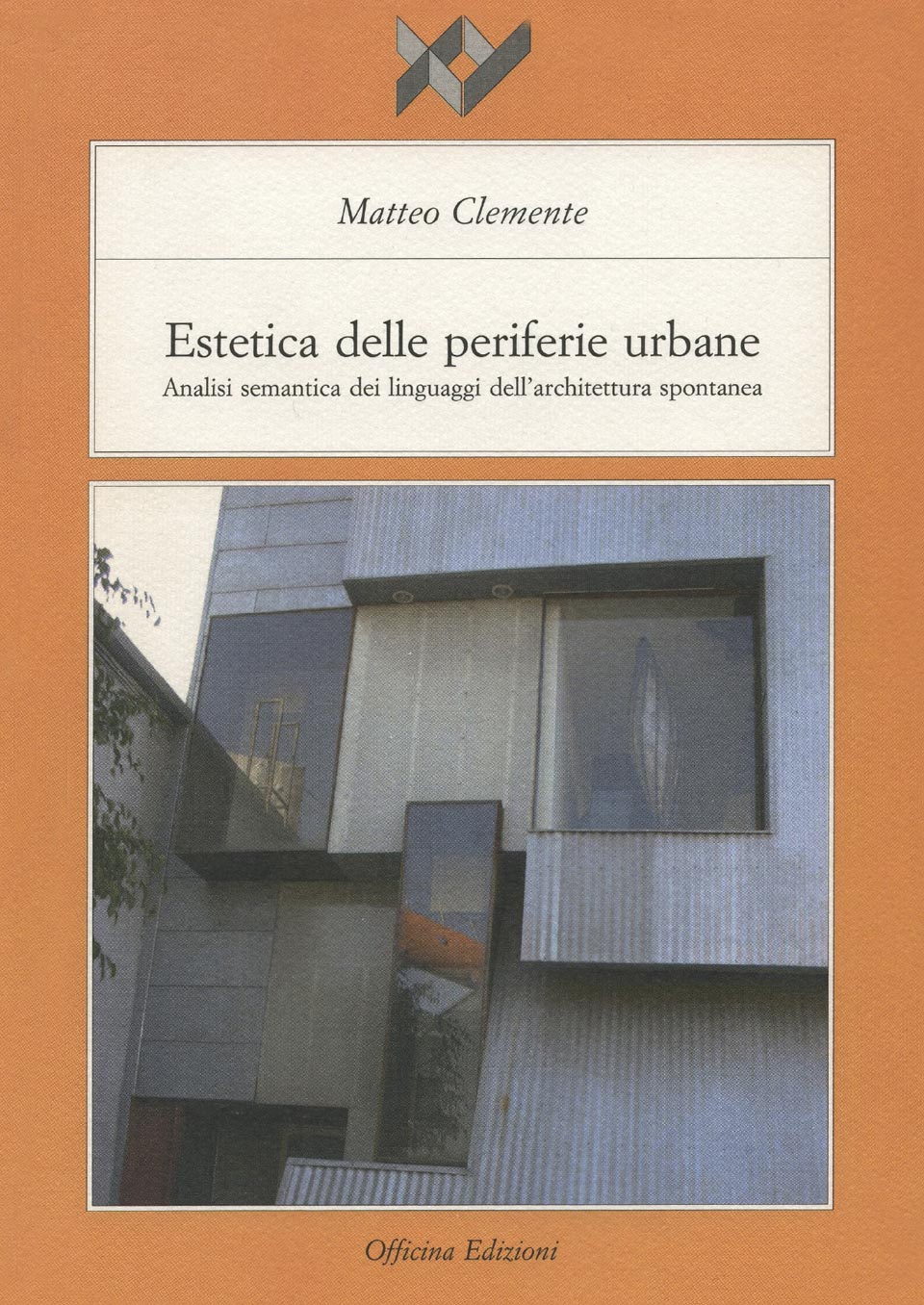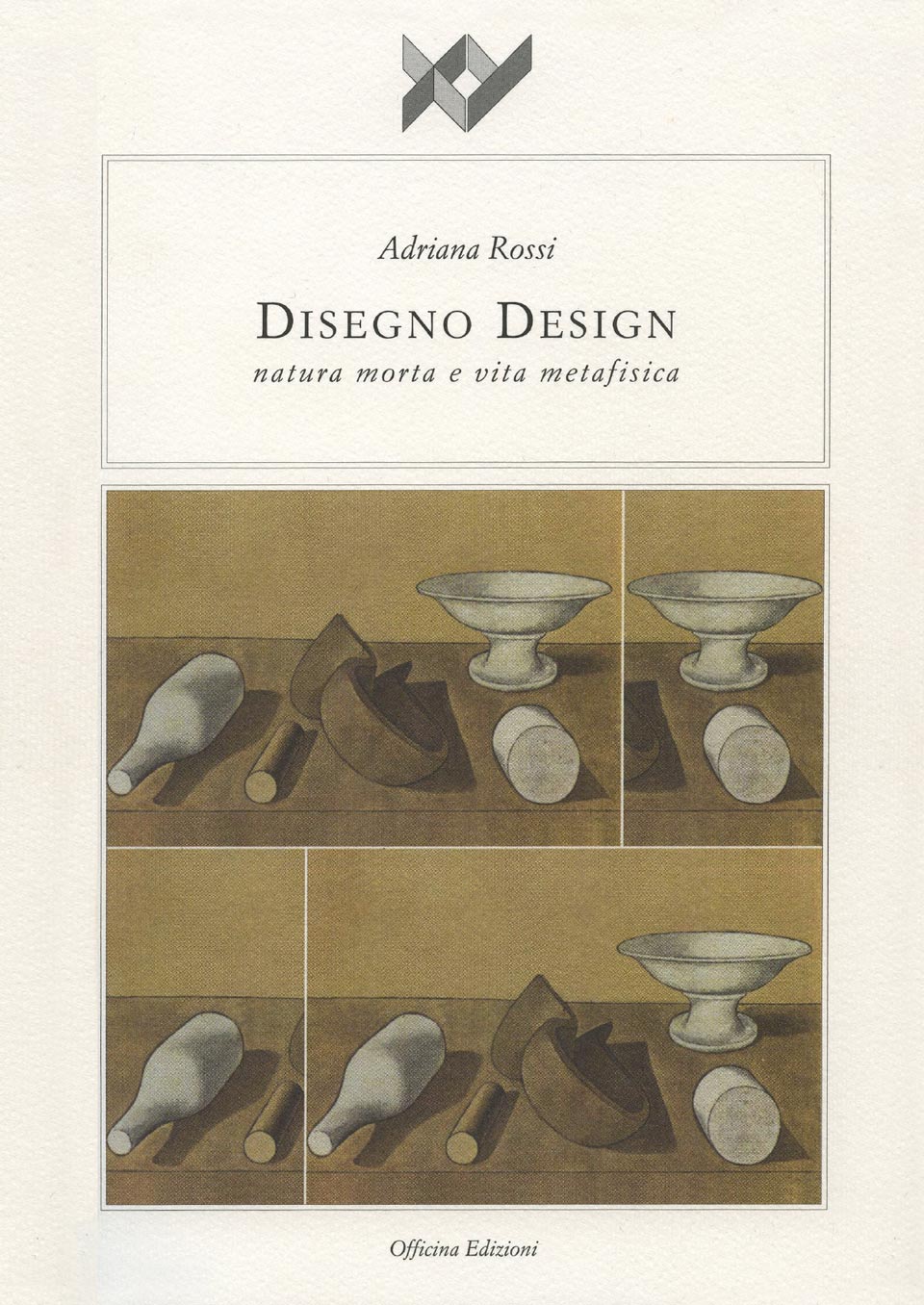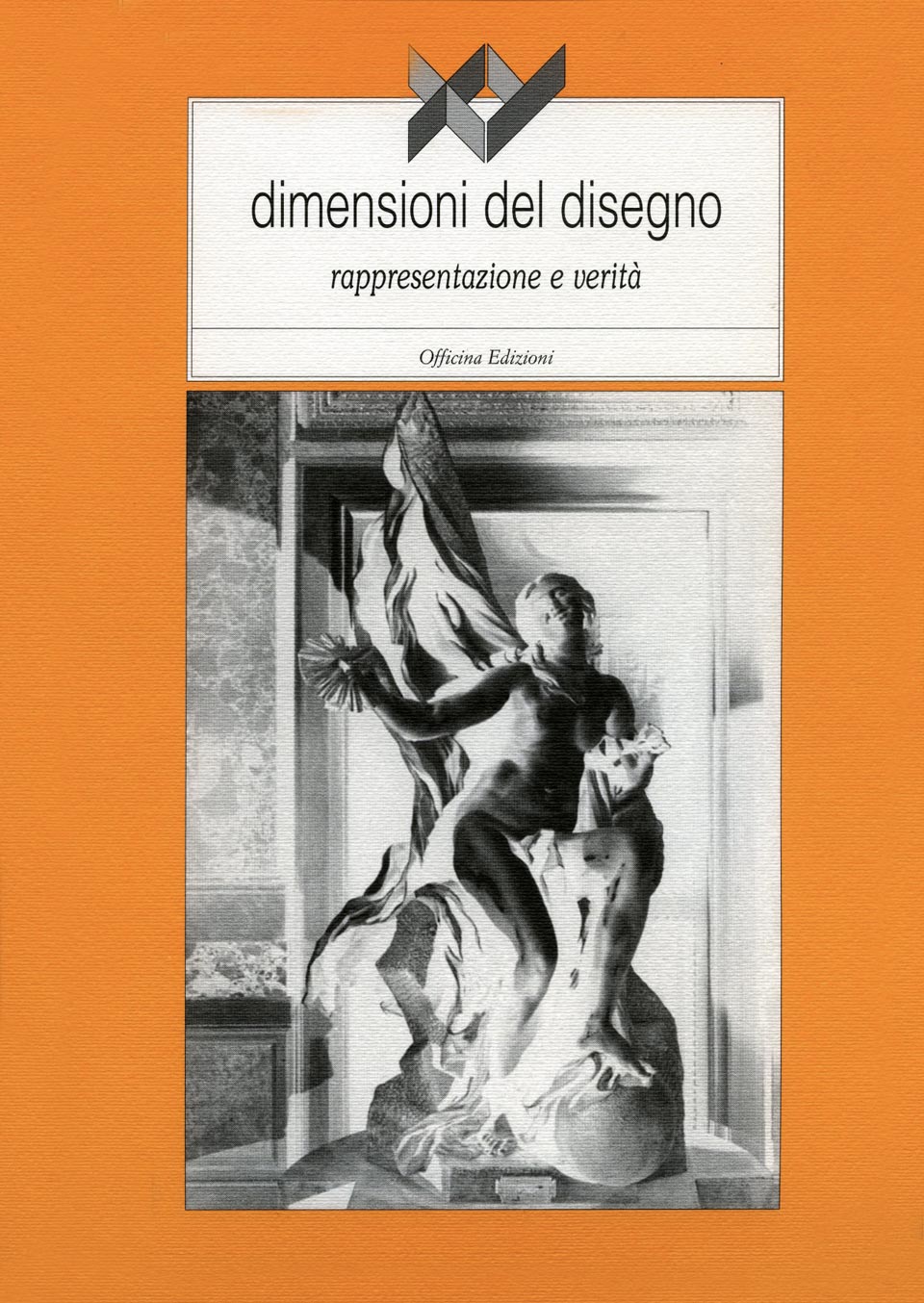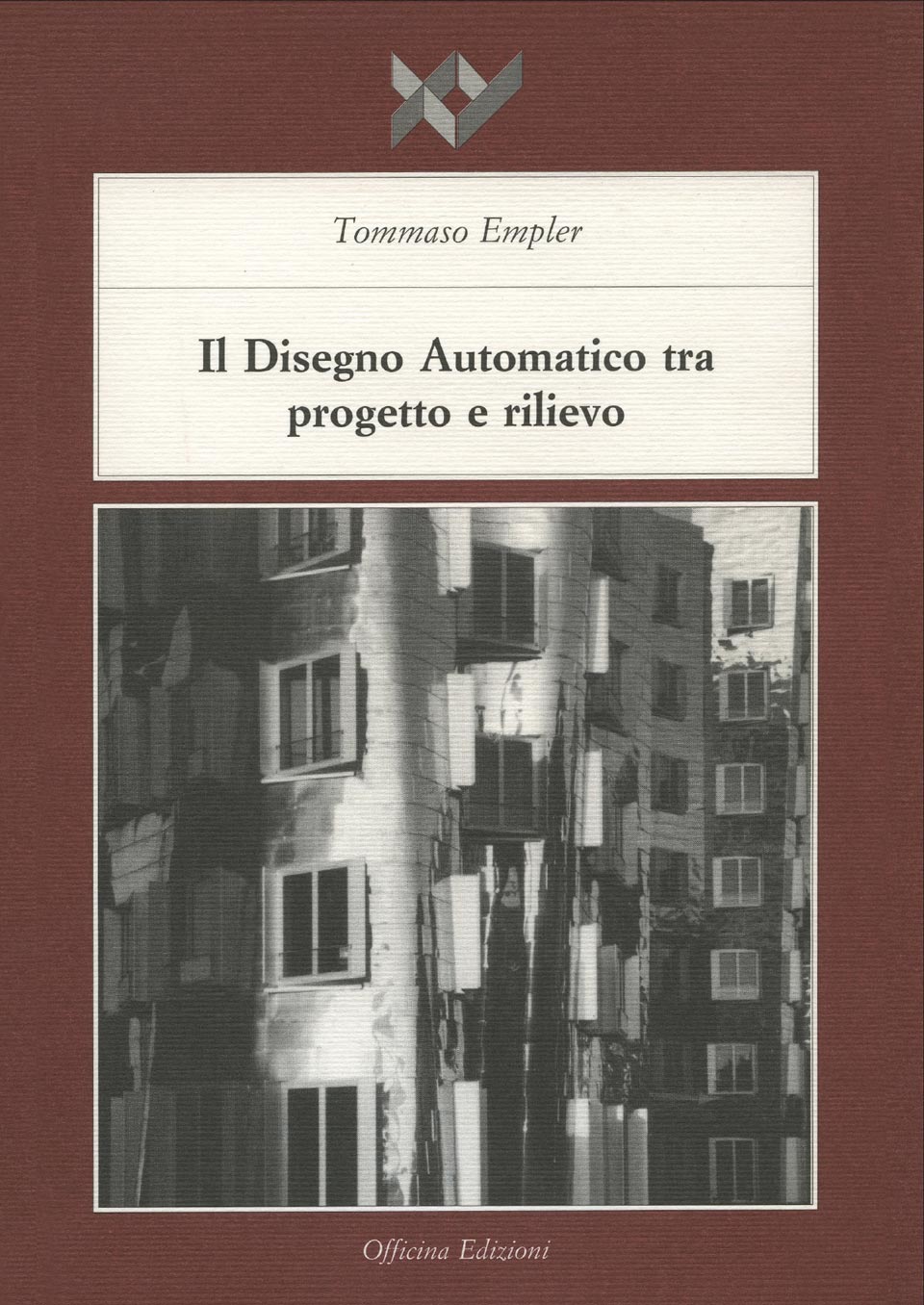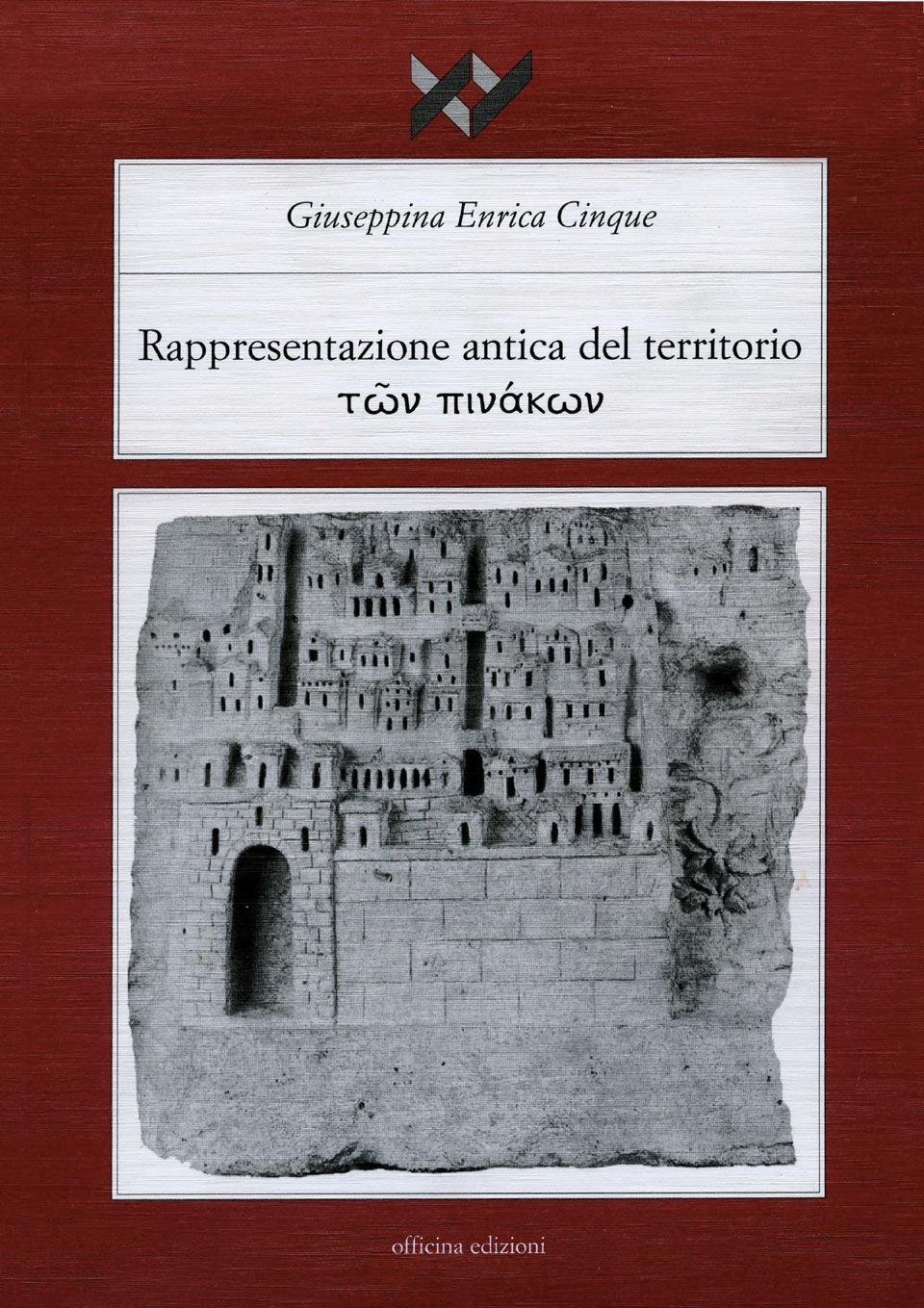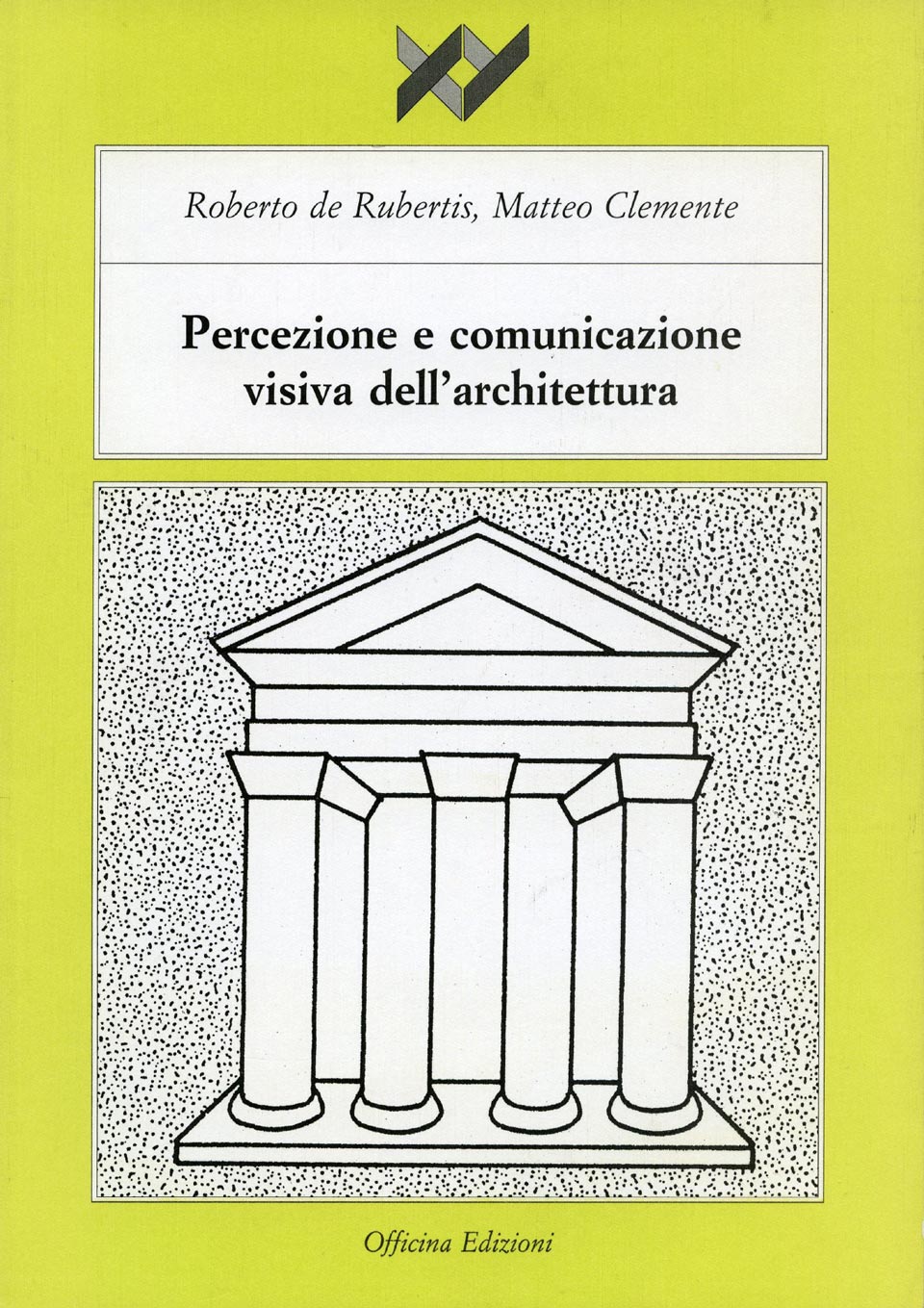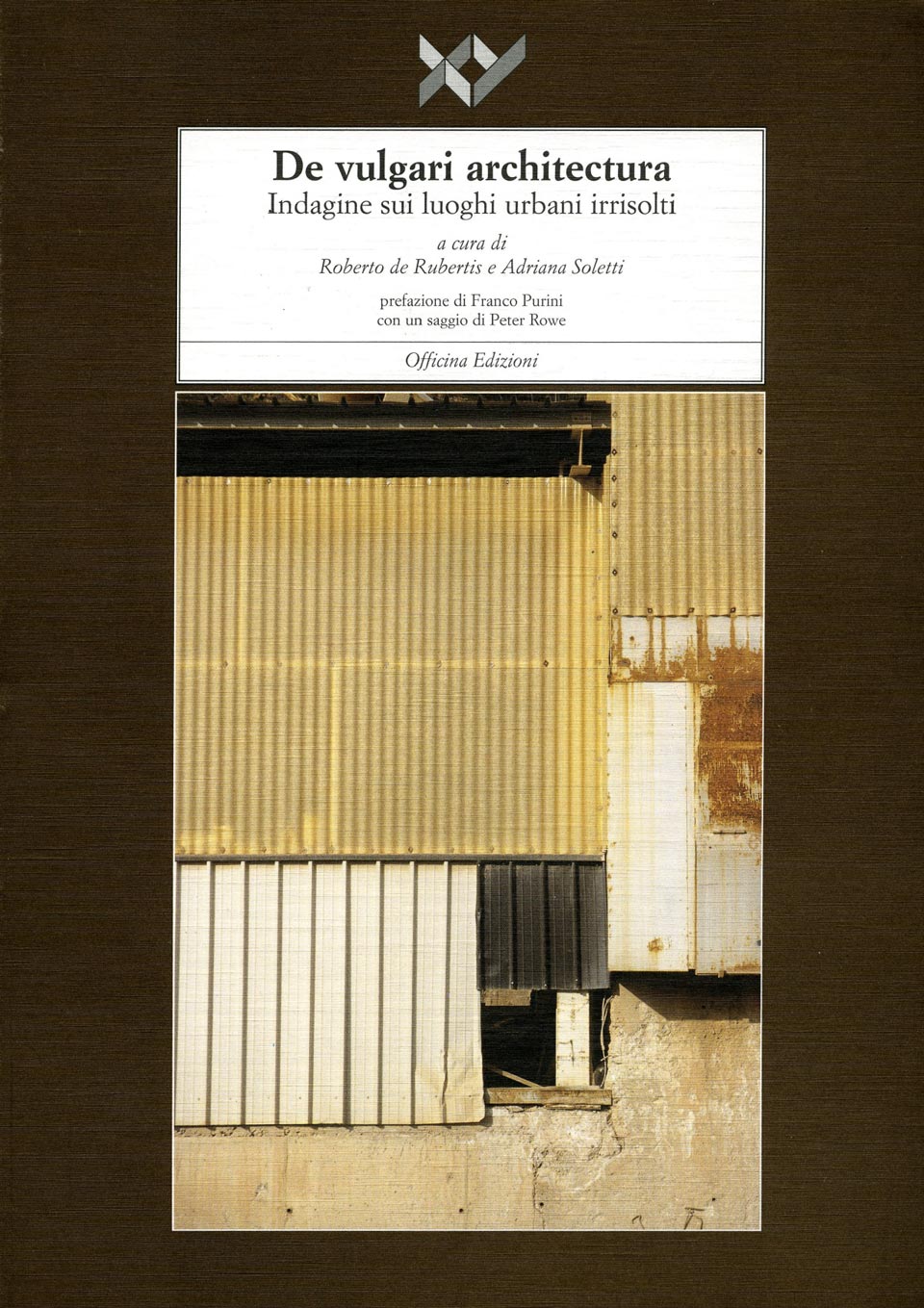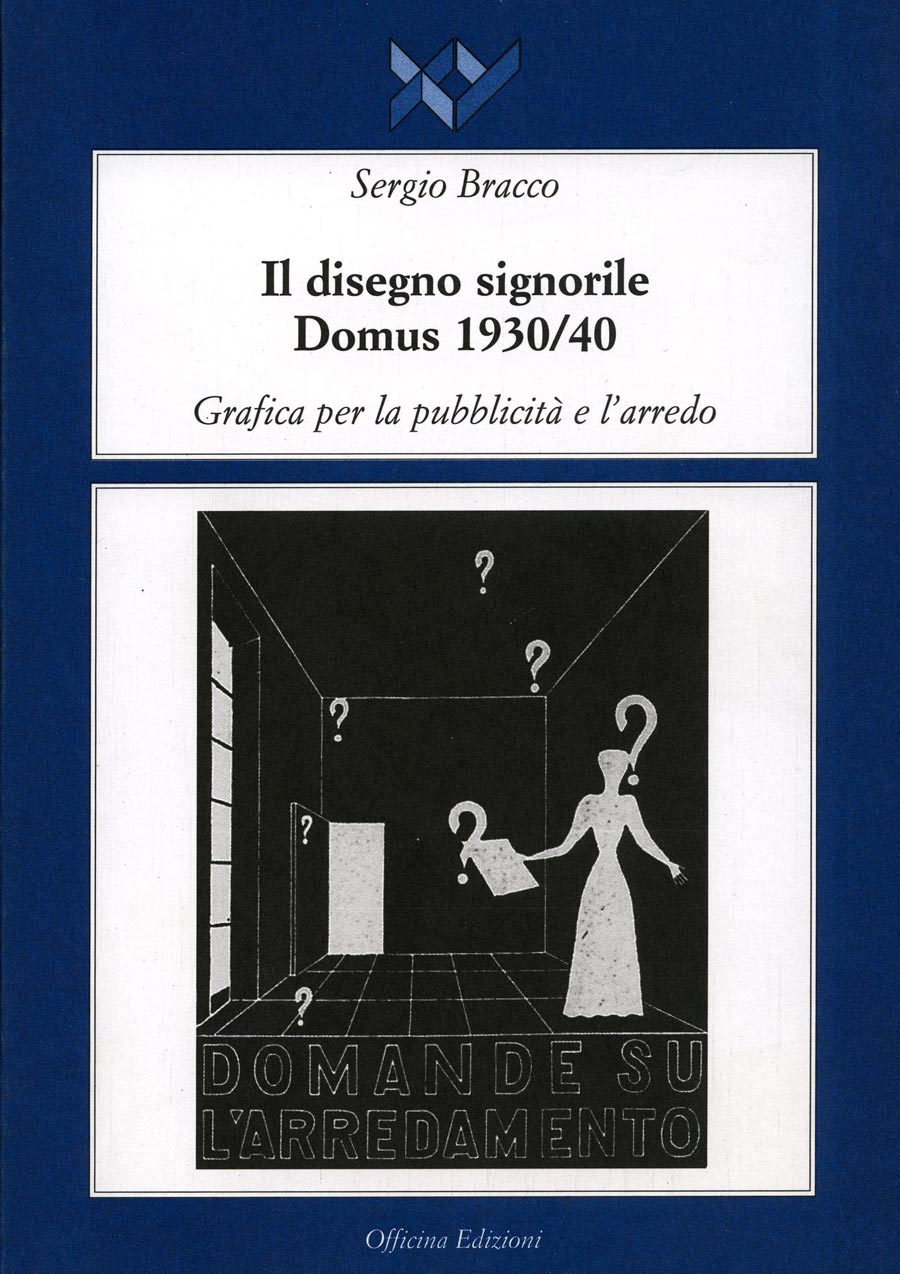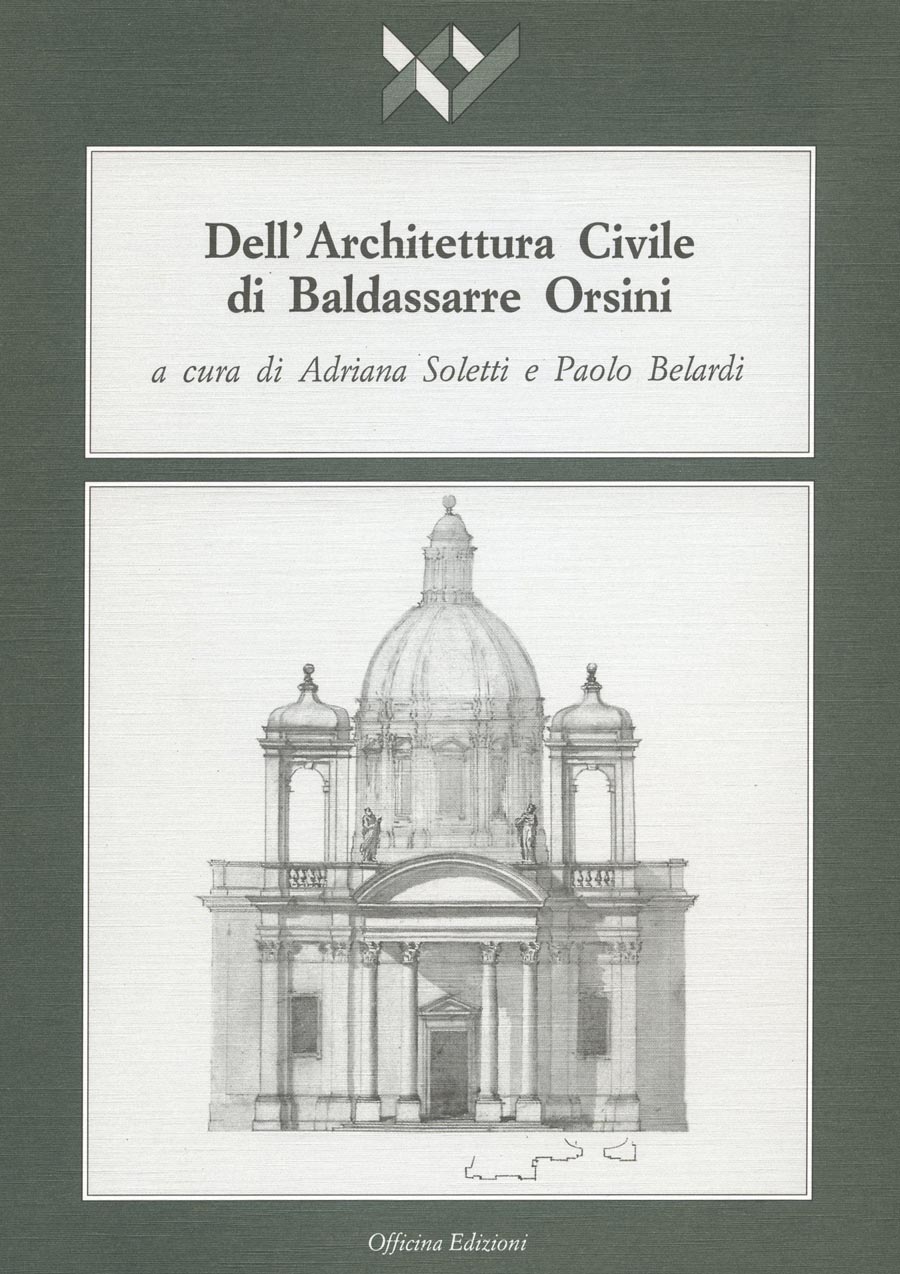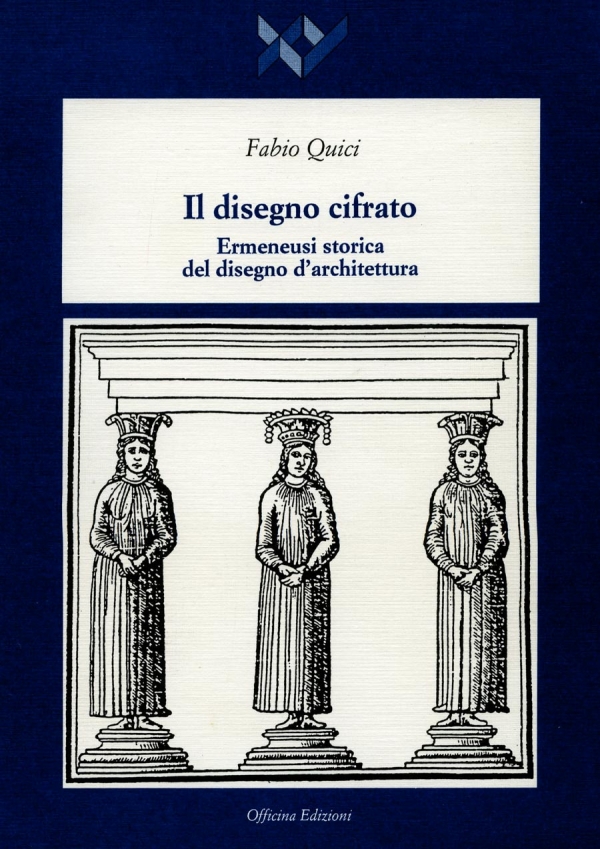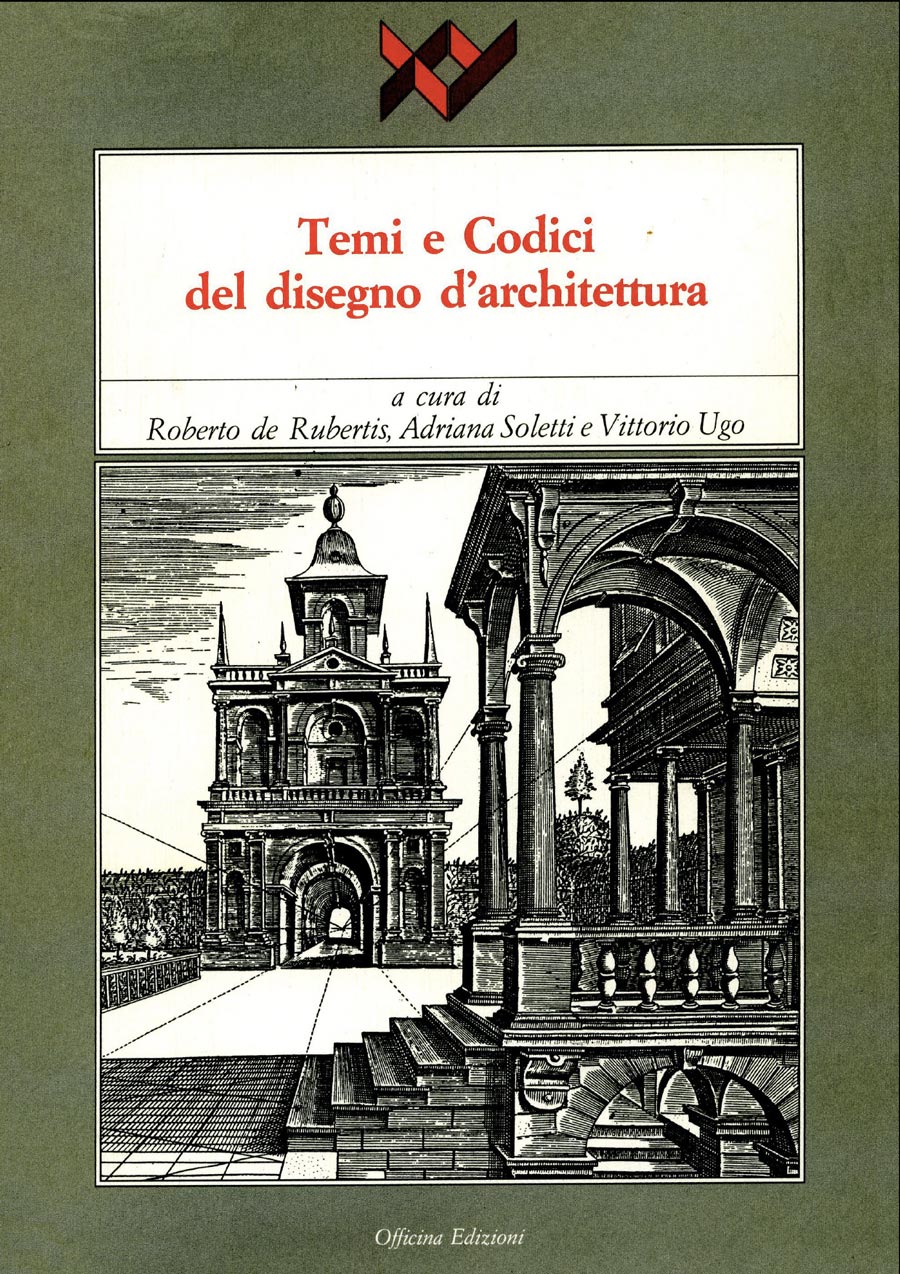This book suggests that the Architectura Vulgaris, namely the proliferation of structures in decay, of incoherent agglomerated buildings, unused areas of the suburbs of each city, where the role of the designer is most ineffective, is not just a kind of urban pest, but a fertile environment where more spontaneous forms of construction are born.
It also raises the hope that it may reveal signs of momentous new architecture that can fit in the interstices of the existing, remodeling without destroying the history and the image and solving in a non-destructive way the contradictions of urban growth otherwise non-recoverable. The guidelines by which the spontaneous forms of the city, the organizing laws of its development and the underlying geometry of its joints can generate chaotic energies able to renew from those immense de-qualified territories that can never be erased are also suggested.
